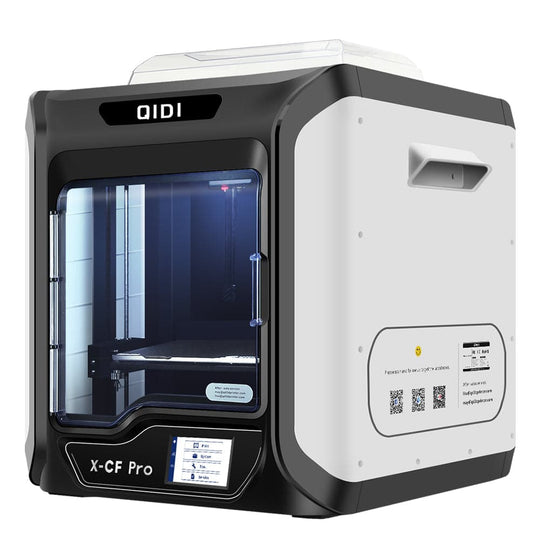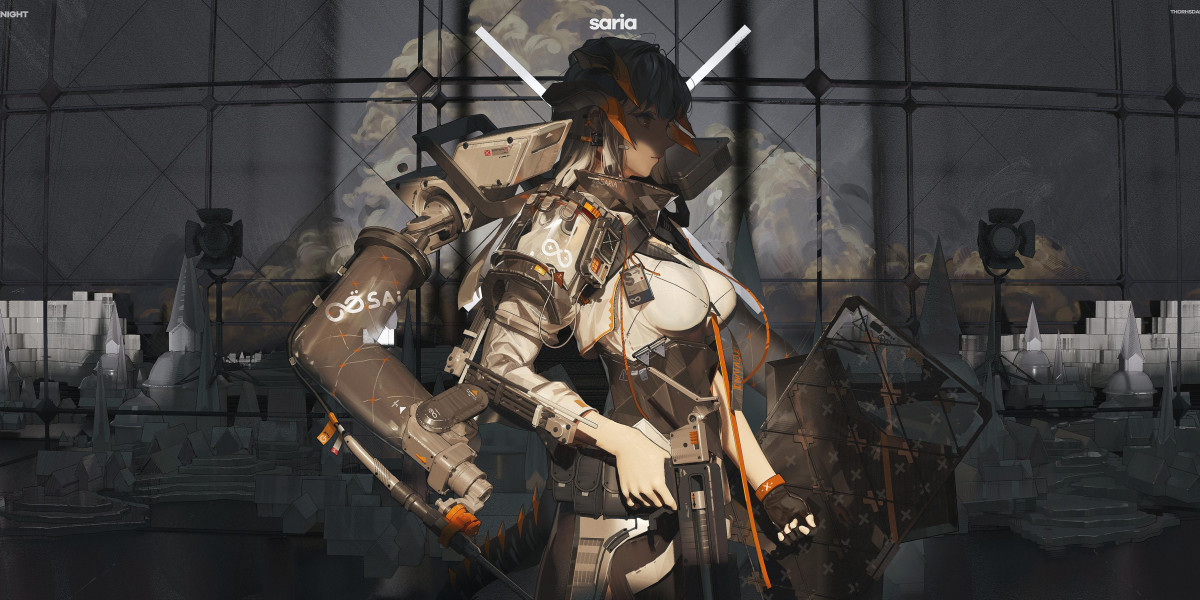Unlocking the Secrets of FDM: The Game-Changing Force in 3D Printing!
Fused Deposition Modeling, commonly known as FDM, has revolutionized the world of 3D printing since its inception. This innovative technology has opened doors to creativity and manufacturing that were once limited to traditional methods. FDM allows users to transform digital designs into tangible objects, making it an essential tool for engineers, designers, educators, and hobbyists alike. Its significance in the 3D printing landscape cannot be understated, as it serves as a foundation for various applications ranging from rapid prototyping to complex manufacturing tasks. In this article, we will delve deeper into what FDM stands for, how it works, the materials used, its applications, and the advantages and limitations that come with this groundbreaking technology.

Understanding FDM: What Does It Stand For?
FDM is an acronym that stands for Fused Deposition Modeling. To understand this term, we can break it down into three components: "Fused," "Deposition," and "Modeling." The "Fused" part refers to the process of melting thermoplastic materials, allowing them to be extruded through a nozzle. This melted material is then deposited layer by layer to build up a 3D object. The term "Deposition" signifies the method of laying down the material, which is essential for creating the desired shapes and structures. Lastly, "Modeling" encompasses the overall process of creating a three-dimensional object from a digital model. Together, these components form the foundation of FDM technology, highlighting its unique approach to additive manufacturing.
The Technology Behind FDM
The mechanics of FDM technology are both fascinating and straightforward. At its core, FDM is a type of additive manufacturing, which means that it builds objects by adding material layer by layer rather than subtracting it from a solid block. The process begins with a digital 3D model created using computer-aided design (CAD) software. Once the model is ready, it is sliced into thin horizontal layers using slicing software, which generates the instructions for the 3D printer. During printing, a filament made of thermoplastic is fed into a heated nozzle, where it is melted. The nozzle then moves in precise patterns, depositing the melted material onto a build platform. As each layer is completed, the platform lowers slightly, allowing the next layer to be applied on top of the previous one. This continues until the entire object is formed, showcasing the power of FDM technology in creating intricate designs and functional prototypes.
Materials Used in FDM Printing
FDM printing utilizes a variety of thermoplastic materials, each with its own unique properties. The most common materials include PLA (Polylactic Acid), ABS (Acrylonitrile Butadiene Styrene), and PETG (Polyethylene Terephthalate Glycol). PLA is known for its ease of use and biodegradability, making it an ideal choice for beginners and environmentally conscious users. ABS, on the other hand, is favored for its strength and durability, often used in applications requiring high impact resistance. PETG strikes a balance between the two, offering good strength and flexibility, along with excellent layer adhesion. Each material has its specific advantages, and the choice often depends on the intended application of the printed object, showcasing the versatility of FDM technology.
Applications of FDM Technology
The applications of FDM technology are diverse and continue to expand as the technology evolves. In the realm of prototyping, FDM is a go-to method for designers and engineers looking to create functional prototypes quickly. Its ability to produce accurate and detailed models allows for rapid iteration and testing, saving both time and resources. In manufacturing, FDM is increasingly being utilized for creating end-use parts, particularly in industries like aerospace and automotive, where lightweight and complex geometries are essential. The education sector has also embraced FDM technology, providing students with hands-on experience in design and engineering. Furthermore, in healthcare, FDM is being used to create custom prosthetics and anatomical models, demonstrating its potential to improve patient outcomes. The versatility of FDM technology has made it a game-changer across various industries.
Advantages and Limitations of FDM
FDM technology comes with several advantages that make it appealing to users. One of the primary benefits is its cost-effectiveness; FDM printers are generally more affordable than other types of 3D printers, making them accessible to hobbyists and small businesses. Additionally, the materials used in FDM printing are often less expensive than those used in alternative methods, further enhancing its affordability. The ease of use is another significant advantage, as many FDM printers are user-friendly and require minimal setup. However, FDM technology also has its limitations. For instance, the strength of printed parts can vary depending on the orientation of the print, and the finish may not be as smooth as other methods like SLA (Stereolithography). Furthermore, certain materials may have limitations in terms of heat resistance and flexibility, which can impact their suitability for specific applications. Balancing these advantages and limitations is essential for users to maximize the potential of FDM technology.
Insights on FDM Technology
In conclusion, understanding what FDM stands for and how it operates is crucial for anyone interested in the 3D printing landscape. Fused Deposition Modeling has transformed the way we think about manufacturing and prototyping, offering a unique approach that prioritizes creativity and accessibility. As we continue to see advancements in FDM technology, its applications will likely expand even further, paving the way for innovative solutions across various fields. Whether you are a seasoned professional or a curious beginner, embracing FDM technology can unlock new possibilities in your projects and endeavors.








